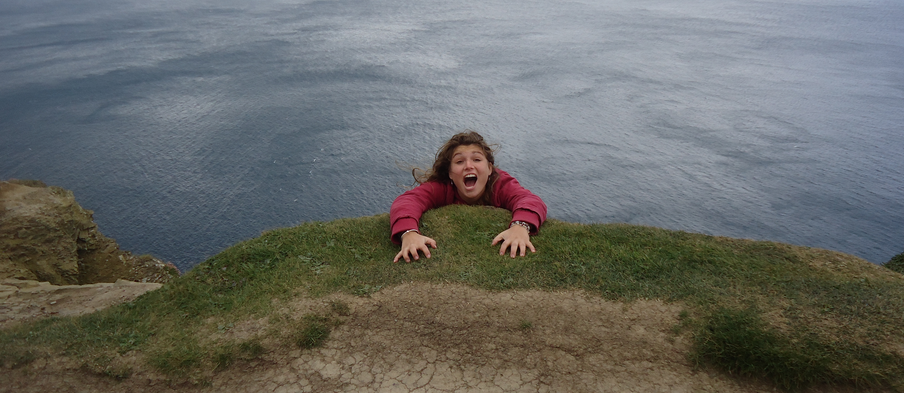Good writing needs cliffhangers and surprise to excite desire. By stopping the story and leaving a character’s fate in doubt, cliffhangers tease the reader. We want to know what happens next. Will the hero be safe … or get the girl … or track down the criminal … or save the business?
 God is my witness. Look at the surprises that fill The Bible. God torments Job, his loyal servant. The father rushes out to greet his prodigal son. Jesus allows a prostitute to wash his feet. Jesus expels the moneychangers from the temple. When skeptics challenge Jesus to display his extraordinary powers, he refuses. These cliffhangers and surprises tease the reader.
God is my witness. Look at the surprises that fill The Bible. God torments Job, his loyal servant. The father rushes out to greet his prodigal son. Jesus allows a prostitute to wash his feet. Jesus expels the moneychangers from the temple. When skeptics challenge Jesus to display his extraordinary powers, he refuses. These cliffhangers and surprises tease the reader.
To create a cliffhanger, create a situation where a character faces a fateful moment—and then shift the scene just before the character acts. Leave the reader guessing about what’s coming next.
A cliffhanger is a gap in knowledge. You create a problem and give the character a chance to act—but then don’t tell the reader how the character will respond. You create a puzzle and withhold a critical piece of information. You reveal some facts, raise a question, then back off. And as soon as you close one gap, you open another one.
The Idea of the Cliffhanger
The term cliffhanger originated in Thomas Hardy’s A Pair of Blue Eyes, which shows a character named Henry Knight hanging from a cliff for dear life. The suspense intensifies when the hanging man contemplates the whole history of the earth:
Knight was a geologist; and such is the supremacy of habit over occasion, as a pioneer of the thoughts of men, that at this dreadful juncture his mind found time to take in, by a momentary sweep, the varied scenes that had had their day between the creature’s epoch and his own. There is no place like a cleft landscape for bringing home such imaginings as these.
We don’t know whether Knight will fall. Pages pass before his rescuer arrives. And at that point, we don’t know whether she can save him. And so we remain, like Knight, dangling.
You can also create a series of mini-cliffhangers. Break away from the action in each paragraph. Tease the reader. Describe one moment, then back away to give background information. Describe the next moment, then break away to provide more background information.
At their best, cliffhangers bring out the complexity of the story. They raise questions, complications, doubts, and possibilities. So when you use cliffhangers, you not only engage the emotions. You engage the mind, too.


